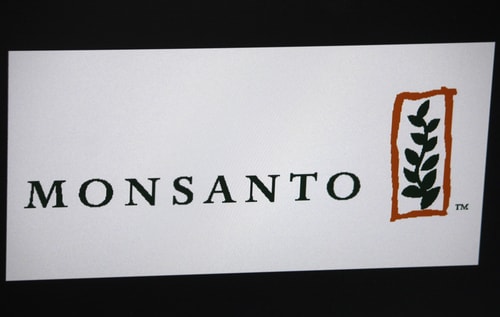Joint announcement made about protein science breakthrough
By Diego Flammini
Assistant Editor, North American Content
Farms.com
New research done by Monsanto and Harvard University may help farmers in the fight against insects and disease.
Using PACE (phage-assisted continuous evolution), researchers generated new insect control traits for crops and showed the ability to enhance proteins to deliver specific benefits to plants, or target plant pests.
The findings, published in Nature, show how protein science can be used in agriculture; Monsanto said farmers could benefit from the results.

“Farmers are continually challenged by effects of a changing climate, including increased insect pressure, disease and weed infestations,” Monsanto said in a release. “A broad-range of agriculture solutions are critical to help farmers address and manage these on-farm challenges in a sustainable way.”
Executives say the results can impact more than just the agriculture industry.
“Scientific breakthroughs like PACE technology are key to continue bringing solutions to farmers to help them get more out of every acre,” Tom Adams, VP of Biotechnology for Monsanto said in a press release.
Isaac T. Kohlberg, Harvard’s Senior Associate Provost and Chief Technology Development Officer said the PACE technology could “evolve tailor-made therapies for human disease.”
In its release, Monsanto said scientific breakthroughs will be critical to helping farmers find sustainable solutions and increase yields.